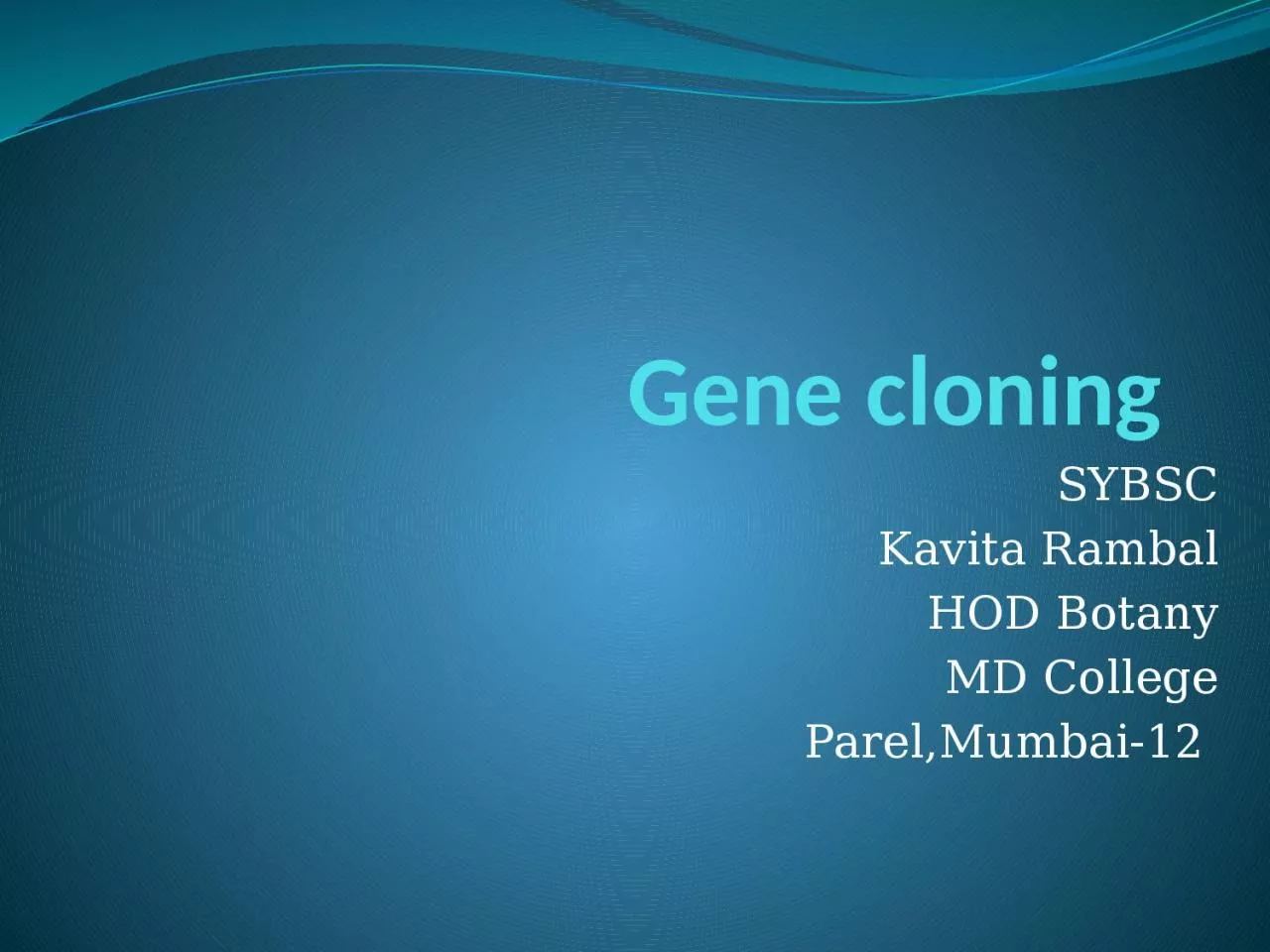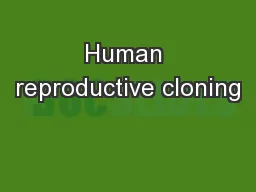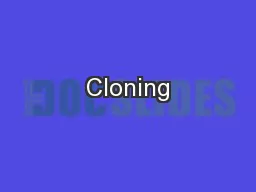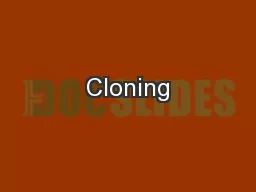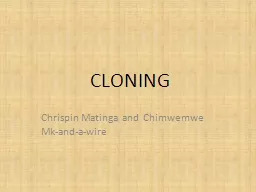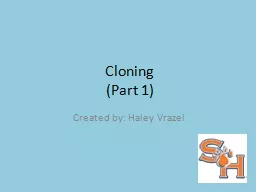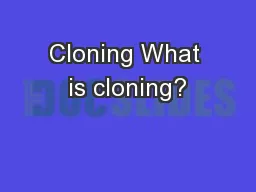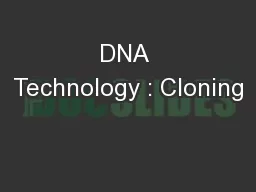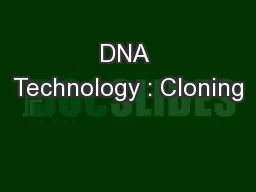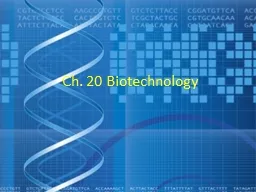PPT-Gene cloning SYBSC Kavita Rambal
Author : berey | Published Date : 2024-02-02
HOD Botany MD College Parel Mumbai12 Gene Cloning Gene cloning is the process in which a gene of interest is located and copied cloned out of DNA extracted
Presentation Embed Code
Download Presentation
Download Presentation The PPT/PDF document "Gene cloning SYBSC Kavita Rambal" is the property of its rightful owner. Permission is granted to download and print the materials on this website for personal, non-commercial use only, and to display it on your personal computer provided you do not modify the materials and that you retain all copyright notices contained in the materials. By downloading content from our website, you accept the terms of this agreement.
Gene cloning SYBSC Kavita Rambal: Transcript
Download Rules Of Document
"Gene cloning SYBSC Kavita Rambal"The content belongs to its owner. You may download and print it for personal use, without modification, and keep all copyright notices. By downloading, you agree to these terms.
Related Documents

